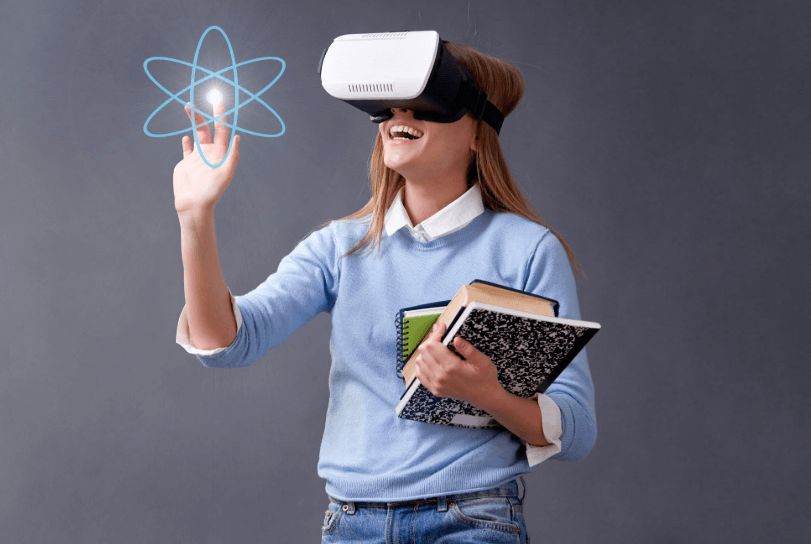How Virtual Reality Is Enhancing Educational Experiences
Virtual reality is transforming education by creating immersive learning environments that captivate students. This technology allows learners to engage with complex subjects in ways that traditional methods cannot. By fostering critical thinking and personalized experiences, VR appeals to diverse learning styles. As educators explore its potential, questions arise about the broader implications for accessibility and the future of teaching. What challenges and opportunities lie ahead in this evolving educational landscape?
Immersive Learning Environments
As educators increasingly seek to engage students in meaningful ways, immersive learning environments created through virtual reality (VR) have emerged as transformative tools.
By utilizing virtual simulations, these environments foster experiential learning, allowing learners to experience complex scenarios firsthand.
This innovative approach not only enhances understanding but also empowers students to explore and interact with diverse concepts, promoting autonomy and critical thinking.
See also: How the Internet of Things (Iot) Is Connecting Our World
Enhancing Engagement and Retention
While traditional teaching methods often struggle to maintain student interest, virtual reality offers a dynamic alternative that significantly enhances engagement and retention.
By utilizing interactive simulations and gamified learning, educators can create immersive experiences that captivate students. This innovative approach fosters active participation, encouraging learners to explore concepts deeply while boosting motivation and memory retention.
Ultimately, this transforms the educational landscape.
Accessibility and Personalization in Education
The integration of virtual reality in education not only enhances engagement but also promotes accessibility and personalization, paving the way for a more inclusive learning environment.
Conclusion
In the evolving landscape of education, virtual reality serves as a lighthouse, guiding learners through the fog of traditional methods toward immersive and impactful experiences. By fostering engagement and enhancing retention, VR transforms the educational journey into an adventure where knowledge is not just acquired but lived. As the saying goes, “You can’t teach an old dog new tricks,” yet with VR, the classroom becomes a playground where even the most resistant learners can thrive, embracing new horizons of understanding.





